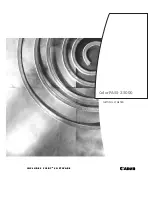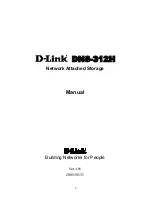
10
Operating Manual
BX620
S5
Performance features
Preface
©
c
ogn
it
as
.
G
e
s
e
lls
c
h
ft
f
ü
r T
e
c
h
ni
k
-D
o
k
u
m
e
n
tat
ion m
b
H
20
09
P
fa
d
:
W
:\
A
nw
en
dun
gs
da
te
n\
F
C
T
\t
im
_
lo
c
a
l\
w
o
rk
\P
IC
H
O
L
\O
B
J
_
DO
K
U
-4
48
0-0
0
3
.f
m
I
This I/O module can only be used in a BX600 S3 basic unit and only
with a 4/4 Gbit/s FC switch blade. You will find more information on
this in the operating manual for the BX600 S3 basic unit.
–
1 Gbit Ethernet I/O module (PCIe), which also supports TOE (TCP/IP
Offload Engine) and iSCSI.
–
10 Gbit Ethernet I/O module (PCIe)
I
This I/O module can only be used in a BX600 S3 basic unit and only
with a 10 Gbit switch blade 10/2. You will find more information on this
in the operating manual for the BX600 S3 basic unit.
To allow use of the additional I/O functionality, at least one FC pass-thru blade
(or switch blade) or Ethernet pass-thru blade (or switch blade) must be installed
in the NET3 slot of the basic unit.
I
It is not possible to mix different I/O modules in one basic unit.
The installation of I/O modules at a later time is described in the Options Guide.
Accessible Drives
Accessible drives (e.g. floppy disk or DVD drives) can be connected via the two
USB ports (via breakout cable) on the front of the server blade while the system
is running.
Customer Self Service (CSS)
The Fujitsu Technology Solutions Customer Self Service (CSS) concept
enables you to identify and replace the affected component yourself in the case
of certain error scenarios.
In the CSS concept, you may replace the following components yourself for a
server blade in the event of an error:
–
Hot-plug hard disk drives
–
Memory modules
The CSS indicator on the control panel of the server blade informs you if a CSS
event arises. For more information on the behavior of this indicator, see the
chapter
“Installation and operation” on page 39
and the "PRIMERGY
ServerView Suite Local Service Concept - LSC" manual on the PRIMERGY
ServerView Suite DVD 2.











































